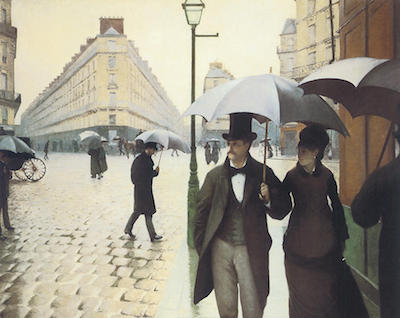This is a new column exploring different concepts that we use when we talk and write about space and geography.
By: Shoshana Schwebel, Research Designer
In 1980, Michel de Certeau forever changed the way that we think about the signification of space, with his short text “Walking in the City” (from The Practise of Everyday Life, trans. 1984). Even in 2016, books and articles on the concept of space still begin by referencing De Certeau. His text is poetic rather than dense, in writing style but even more so in its message: space is text, and we are constantly writing and rewriting it as we move around. The urge to represent the city (in a painting, for example) produces only fiction; it is an urge to ‘read’ the city as though it were a final product. In other words—and this is where De Certeau’s text has had the most impact on spatial theory—space is not fixed. It is alive and moving, and representations of space can only be fragmentary and subjective projections.
Certeau, M. & Rendall, S. (1984). The practice of everyday life. Berkeley: University of California Press.
 Gustave Caillebotte, Paris Street; Rainy Day (image via FineArtAmerica)
Gustave Caillebotte, Paris Street; Rainy Day (image via FineArtAmerica)
- Log in to post comments


CRC Comments